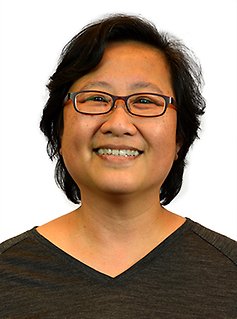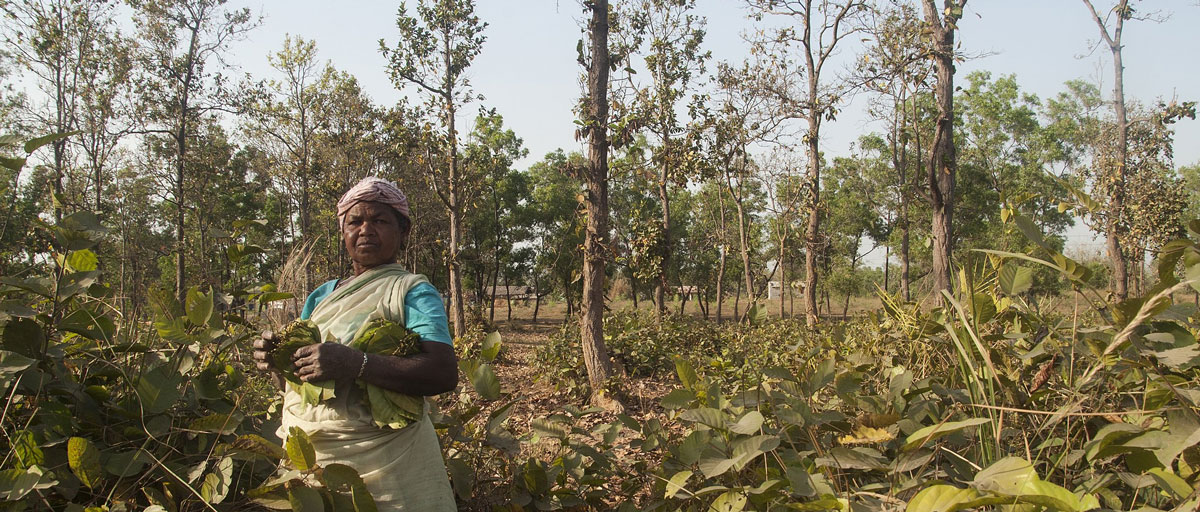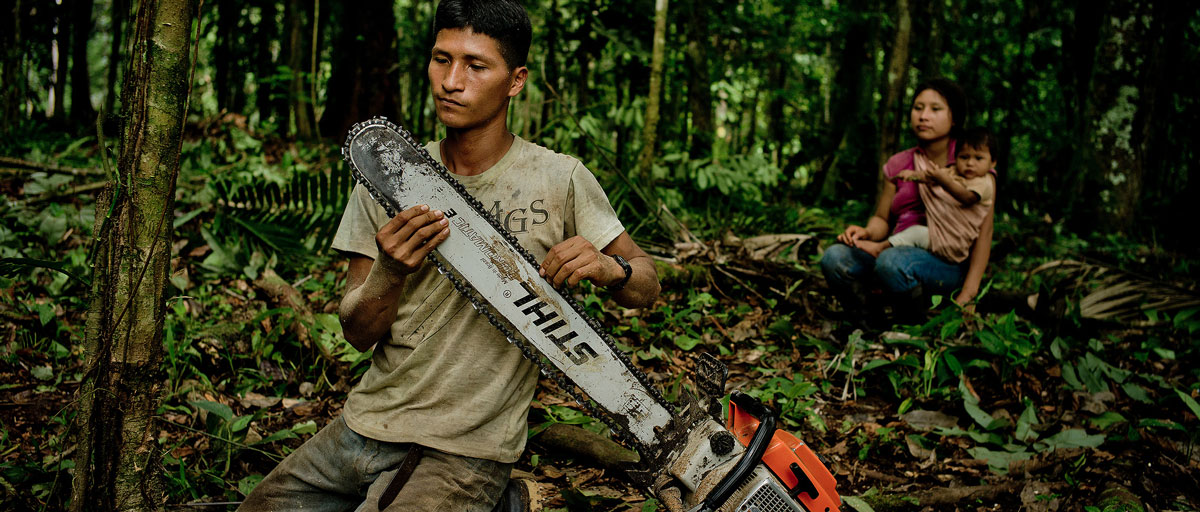Bildtext får vara max två rader text. Hela texten ska högerjusteras om den bara ska innehålla fotobyline! Photo: B. Christensen/Azote
EQUITY AND POWER
In Indonesia, community forestry is shaped by power dynamics
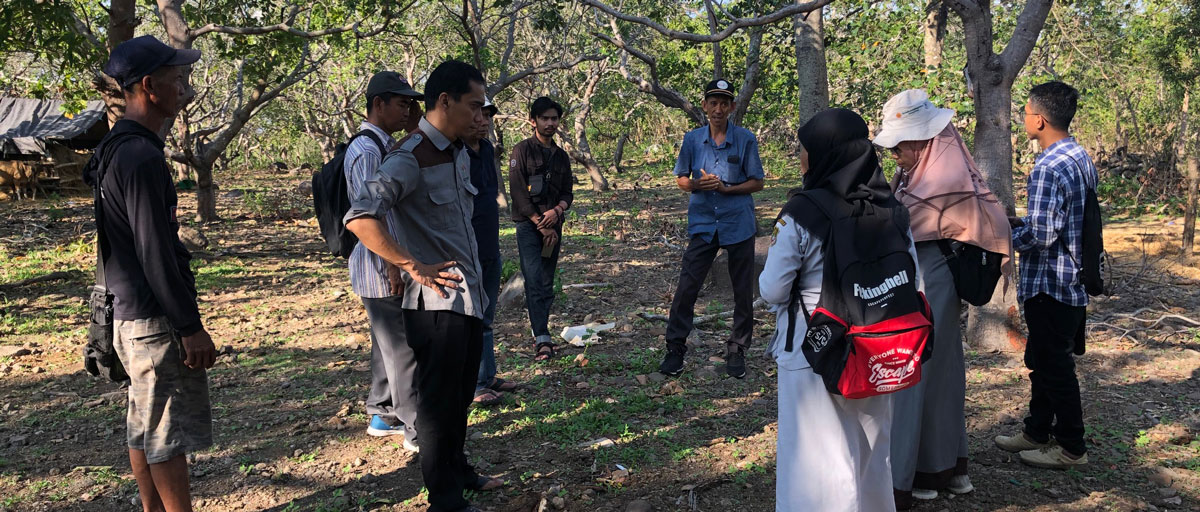
Decades of rapid deforestation and land conflict in Indonesia have prompted the government to shift to schemes where different stakeholders get the opportunity to determine their own rules. But equitable benefit sharing is still far from being realized. Photo: M. A. K. Sahide
- Community forestry partnership schemes in Indonesia still struggle to boost equity
- Study highlights the role of power dynamics between key actors and local groups in shaping the schemes
- The authors propose a new analytical framework for expanding research on power dynamics, known as sequential power analysis
How "prophets” help mobilize necessary resources to initiate partnerships, and benefit from them
PROPHETS AND PROFITS: Decades of rapid deforestation and land conflict in Indonesia have prompted the government to shift to more inclusive development policies, including agrarian reform and social forestry.
However, applying social forestry has proven to be a challenging task.
One increasingly popular approach to overcome the broad range of constraints facing social forestry is the development of “partnership” schemes where different stakeholders get the opportunity to determine their own rules, restructure benefit-sharing arrangements, and independently resolve issues.
Studying and understanding power dynamics
A paper published in Forest Policy and Economics written by centre researcher Grace Y. Wong along with colleagues from Indonesian, US and Dutch universities, highlights the role of power dynamics between key actors and local groups in shaping partnership schemes.
Through a comparative analysis of four different case studies, the authors examine the extent to which this approach to community forestry actually enables more equitable benefit sharing, or on the contrary, benefits only certain key stakeholders.
Even in the emerging popularity of a scheme that claims to provide a more equitable benefit sharing arrangements with local actors, we found consistently across all four studied cases that such outcomes are still far from being realized.
Muhammad Alif K. Sahide, lead author
The role of prophets
The authors propose a new analytical framework for expanding research on power dynamics, known as sequential power analysis.
This framework situates power temporally and historically, and allows to better contextualize site-specific conditions prior to an intervention, as well as shed light on how power dynamics adjust when a project is operationalized.
Understanding the power background helps identify key actors, known as “prophets” because of their ability to articulate and mobilize the necessary resources to initiate a partnership scheme.
These prophets may come in the form of local middlemen, a coalition of external actors, or the local elite, who engage with local farmer groups, village institutions and different corporate actors by promoting mutual interests. However, authors show that the envisioned partnerships do not automatically result in benefits for those in need of access to land or markets, but rather benefit these “prophets” which already control the mechanisms to secure benefits.
The authors conclude that any benefit sharing between the state, private actors and communities are not automatic within these partnership schemes. By focusing on power relations and identifying mechanisms for addressing imbalances, social forestry have a better chance of being more equitable.
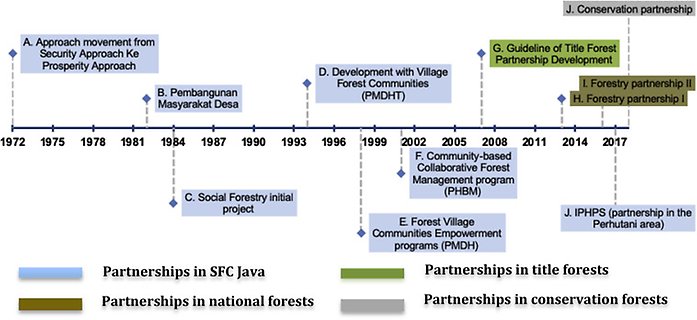
The forest partnership policy evolution in Indonesia. Click on illustration to access scientific study
Methodology
Authors select four different partnership schemes implemented in different social forestry sites in order to conduct a comparative analysis. The empirical material is collected among others from sites on state and private land, in Java and outside of outer islands, and from internal and external actors. The authors then use the sequential power analysis (SPA) framework in order to analyze power dynamics. The framework consists of three elements: power background, power delivery, and power adjustment. By considering these different elements, the framework helps situate power relations not only as part of their contemporary manifestations, but also as parts of their historical contexts.
Sahide, M.A.K., Fisher, M.R., Supratman, S., Yusran, Y. et. al. 2020. Prophets and profits in Indonesia's social forestry partnership schemes: Introducing a sequential power analysis. Forest Policy and Economics Volume 115, June 2020, 102160
For more information about the publication, contact co-author Grace Wong:
